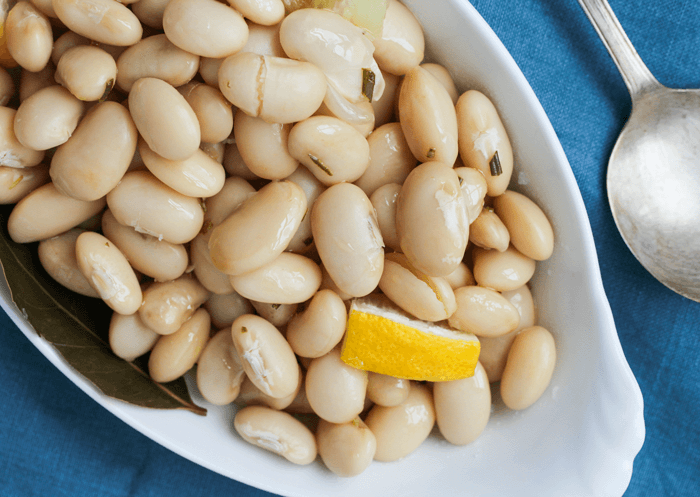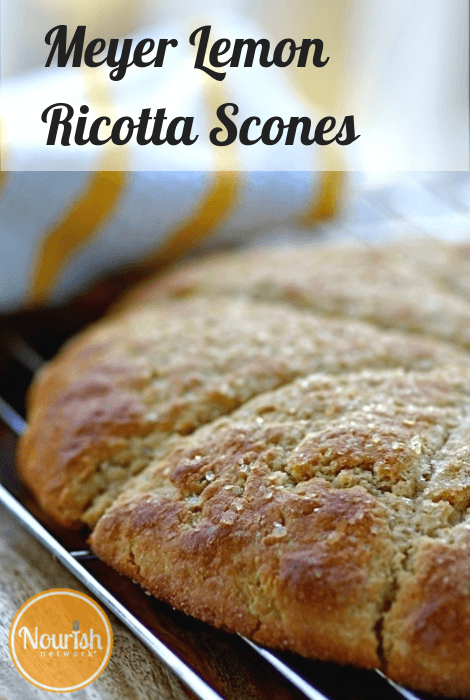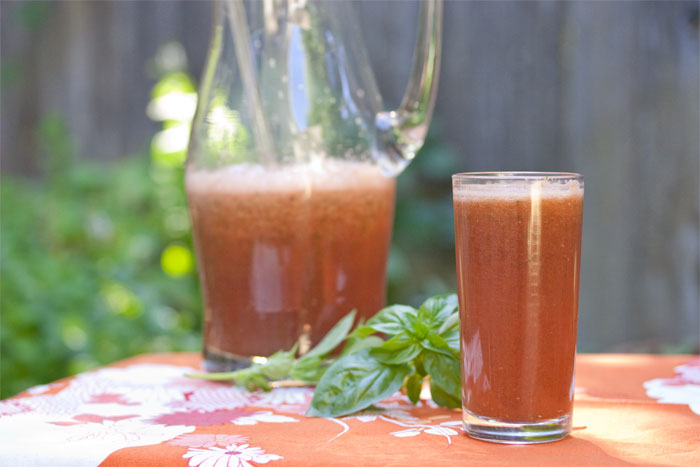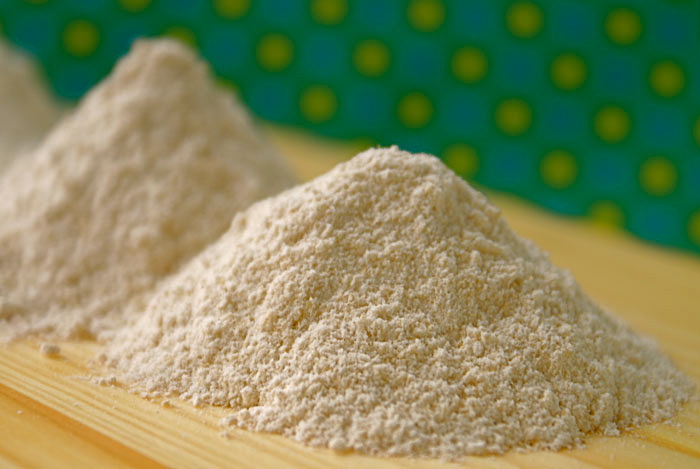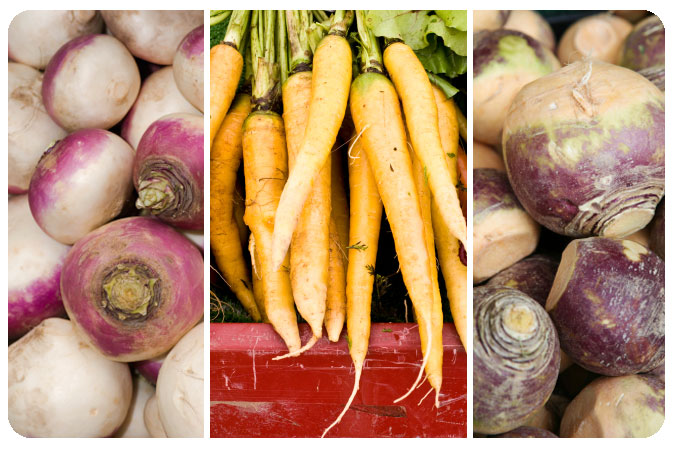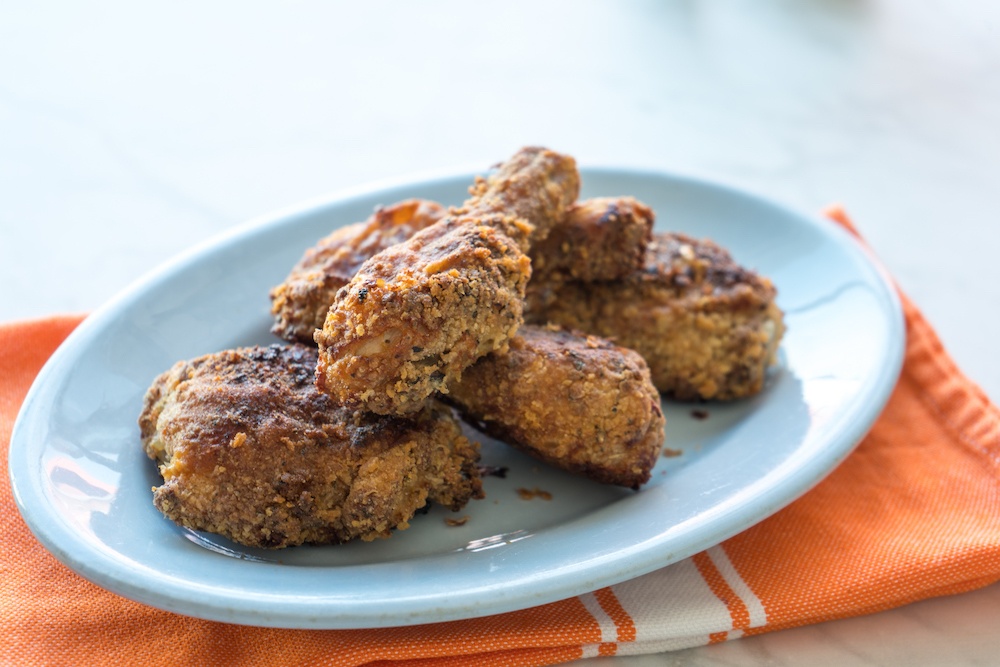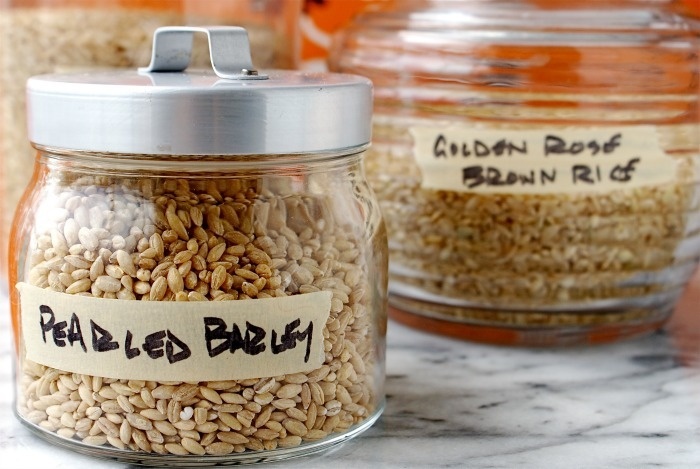If you're trying to get acquainted with more whole grains, add wheat berries to your list. Wheat berries are actually whole wheat kernels. It's the wheat berries that are ground into whole wheat flour; white wheat berries create a lighter, tan-colored flour and red wheat berries yield a darker, tawny tint. (Click here learn more about whole wheat flours.) Left whole, though, wheat berries are a versatile addition to the kitchen.
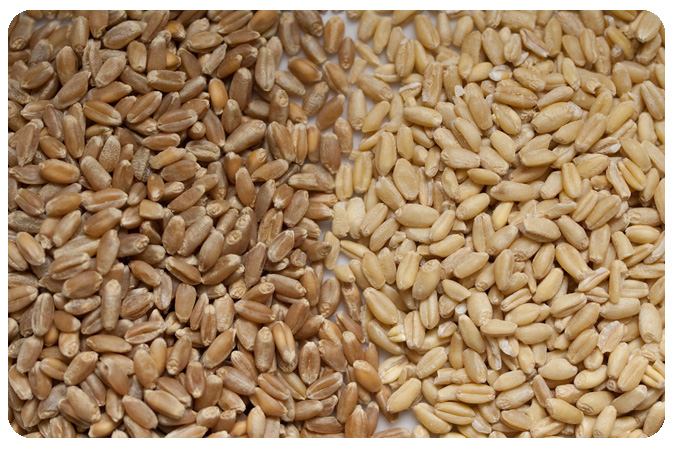
What They Look Like: You’ll find both white and red wheat berries, which carry the hues of their name. When cooked, they’re the size of plumped-up rice and have a buttery sheen to them.
What They Taste Like: Soft wheat berries (whether white or red) have a toothsome starchiness. Hard wheat berries retain a firm chewiness no matter how long they boil.
How to Cook Them: Wheat berries in general have a particularly tough bran that takes some time to soften, but cooking time varies significantly between soft and hard varieties. Just as there are different strains of wheat—hard wheat that’s higher in gluten and typically used for bread products and soft wheat with a lower protein content that’s used more for pastries—there are different types of wheat berries too. Soft wheat berries (whether white or red) cook up in just over an hour while hard wheat berries (again, regardless of color) can take hours to cook. You can also presoak them — as you would dried beans — to speed up the cooking time.
Cook soft wheat berries in a 3:1 ratio of liquid to berries. Bring to a boil, lower heat, cover and simmer for 60 to 90 minutes, or until tender (drain off any excess liquid). For hard wheat berries, soak overnight and double (at least . . . keep an eye out to make sure the liquid hasn’t been absorbed or the kernels will scorch) both liquid and cooking time.
How to Use Them: Wheat berries have a sturdy texture and complex, wheaty flavor that make for wonderful salads and stir-fries. Subbing them for rice as a side dish is also a great way to get to know them.
Additional Notes: You’ll find hard red and hard white, and soft red and soft white, wheat berries out there (and wheat flours as well), but don’t let the label lead you into thinking these whole grains are refined. The “white” they’re referring to here is a class of wheat due to the color of the kernel, not a refining process. Confusing, I know, but “white wheat” berries or flour are whole grain products with all three parts of the kernel intact while “white flour” is processed flour with all but the endosperm stripped away.



